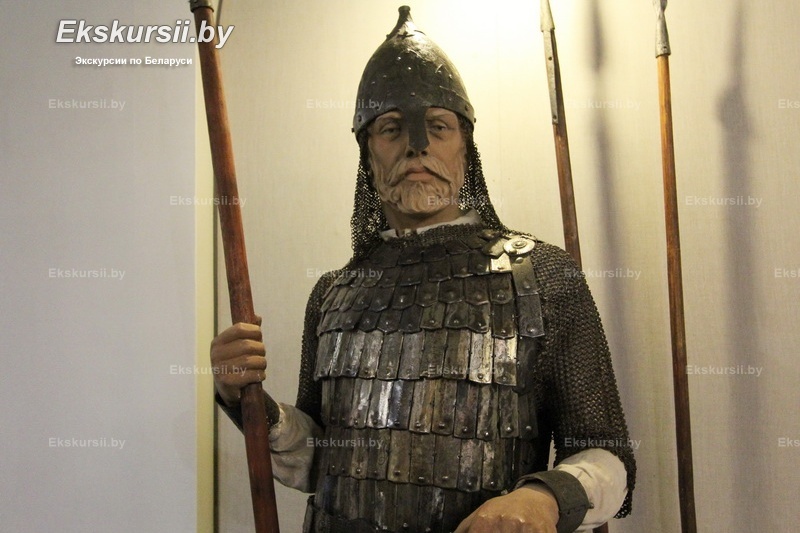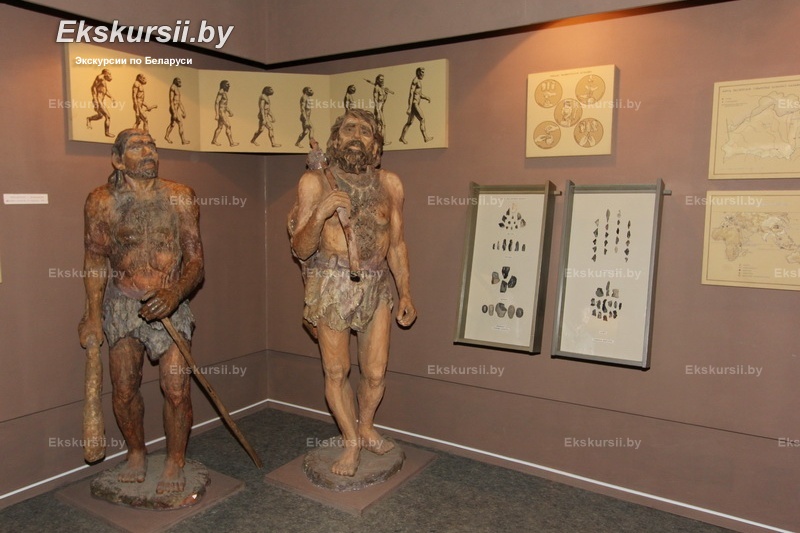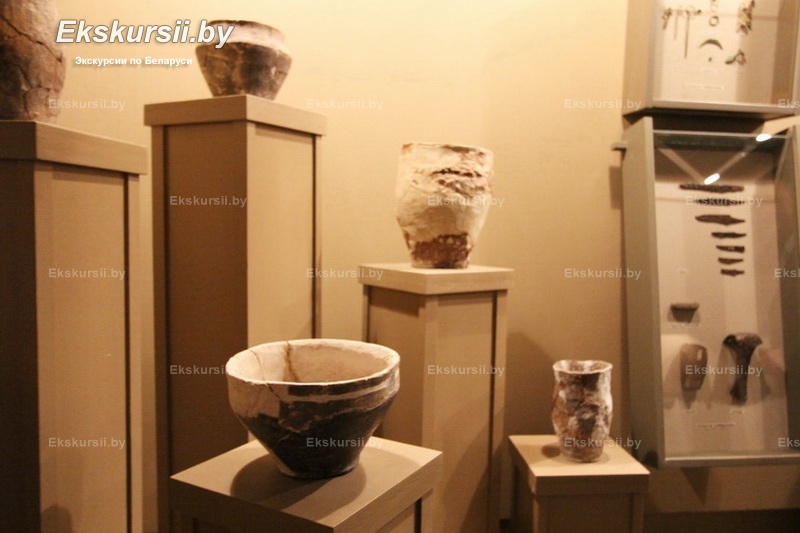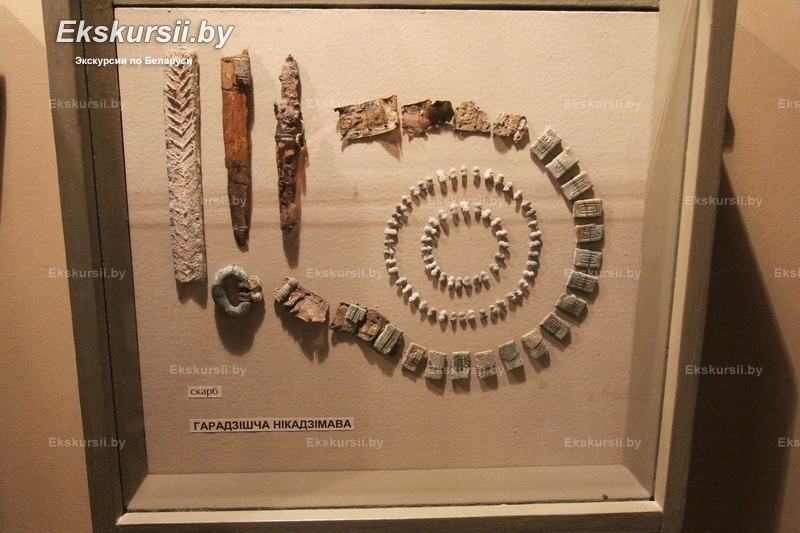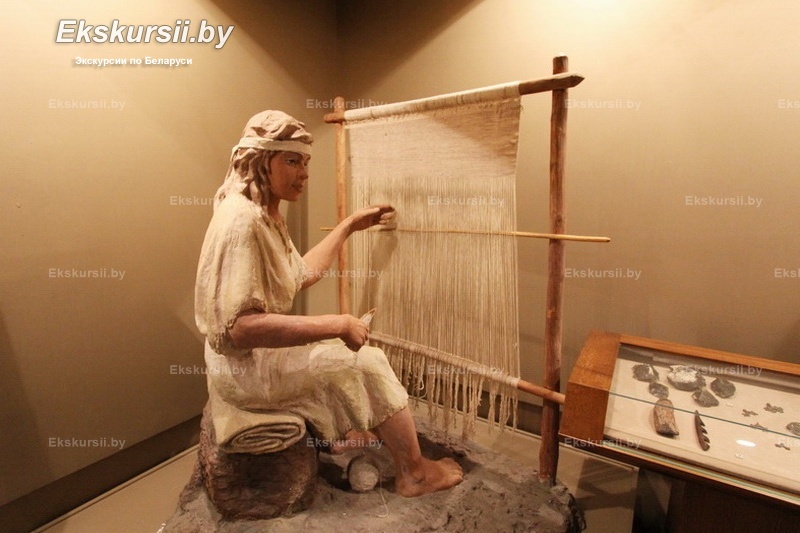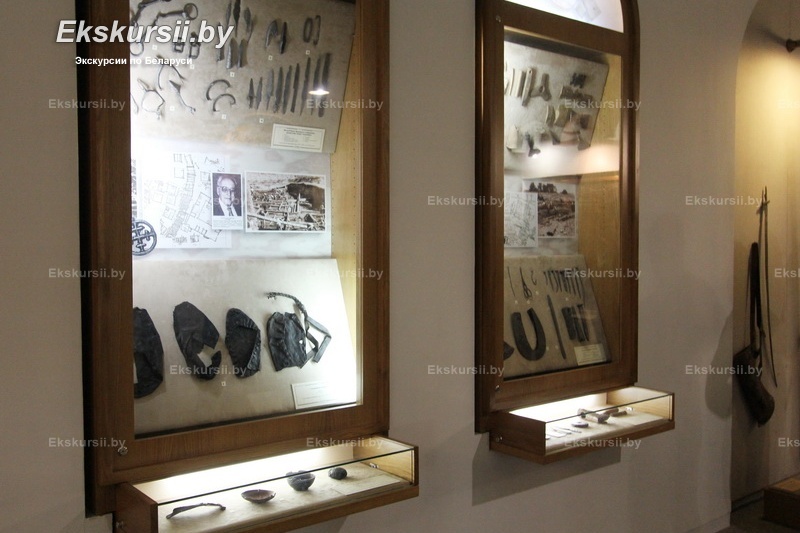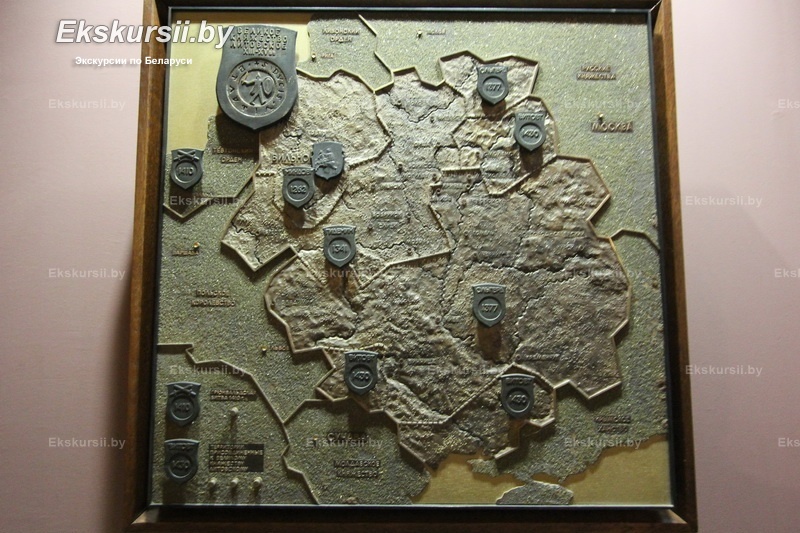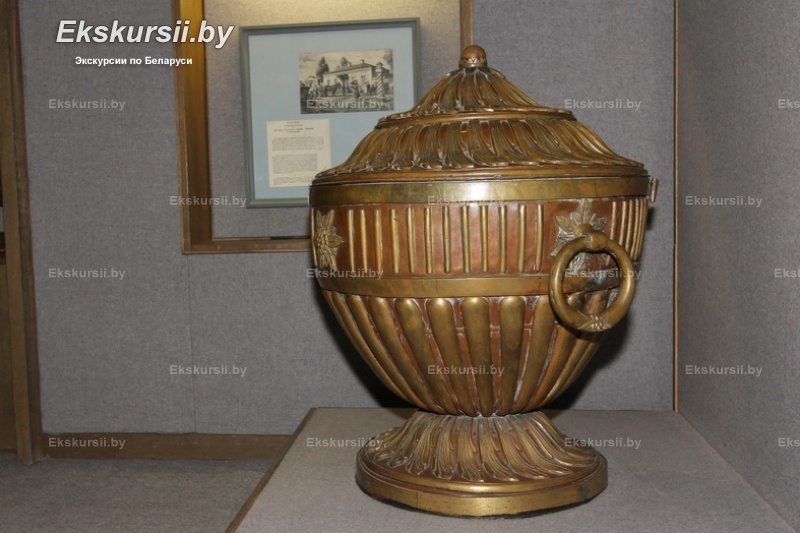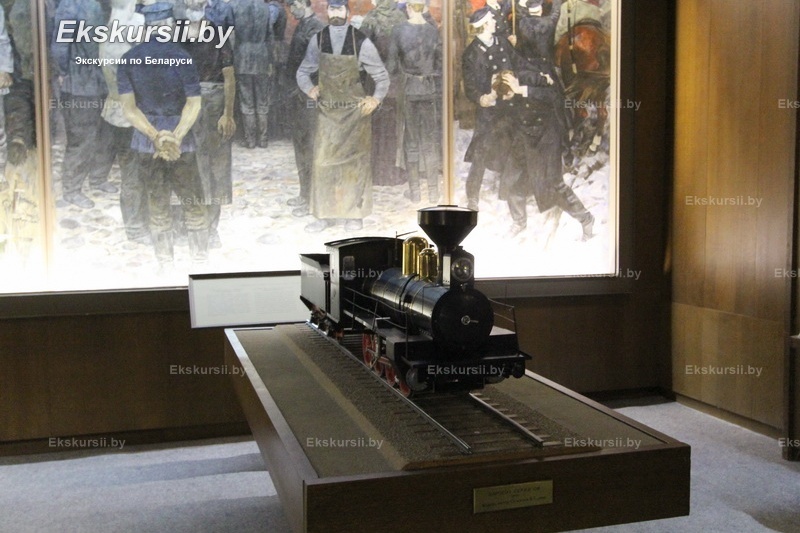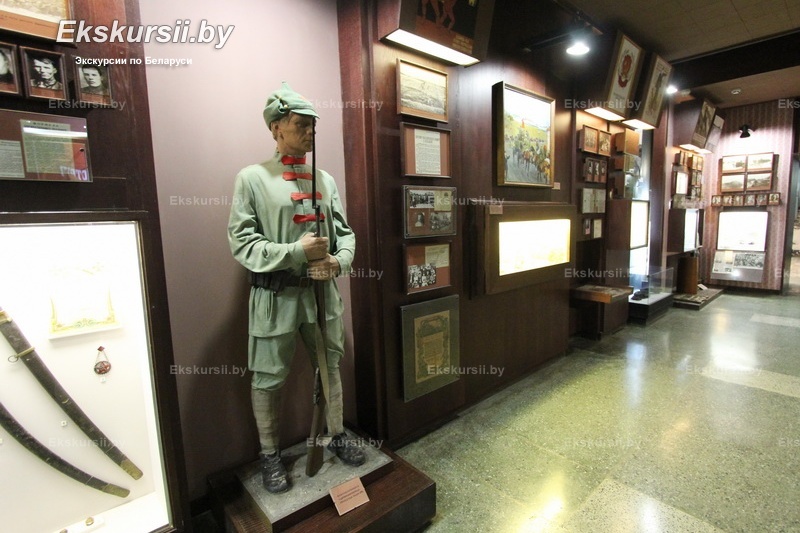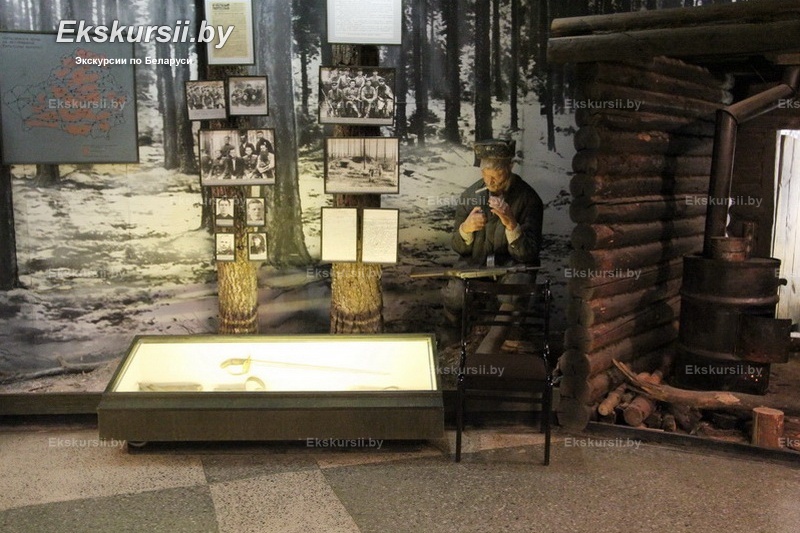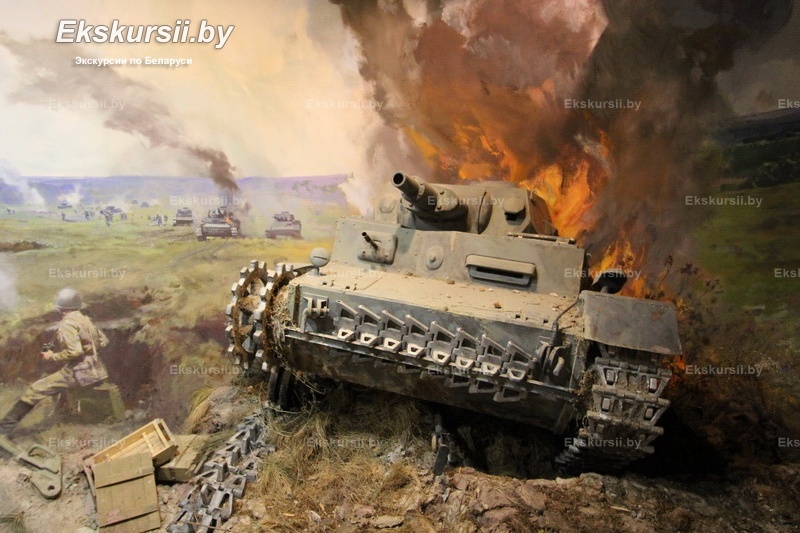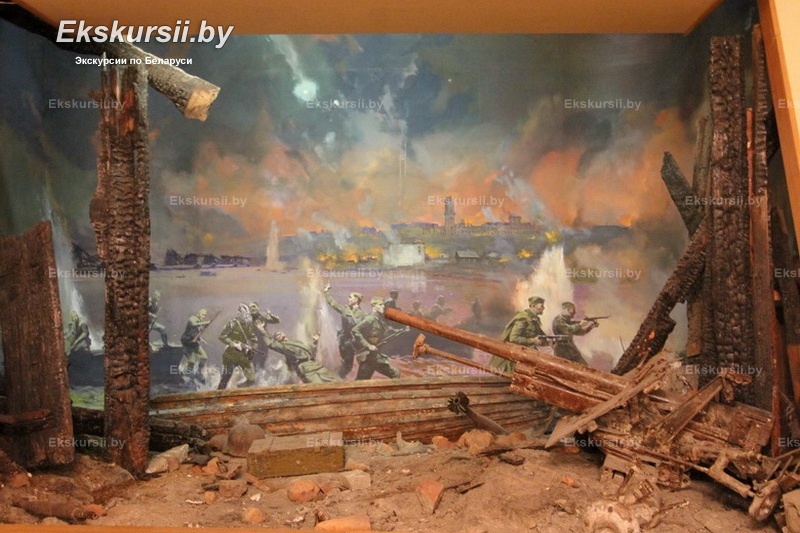Evdokim Romanovich Romanov (11.09.1855-20.01.1922) was born in Novo-Belitsa in Mogilev province. Eminent archaeologist, ethnographer, historian, folklorist, ethnographer, educator, one of the founders of the Belarusian human science. Full member of the Russian Geographical Society (1886), the Moscow Society of Natural History, Anthropology and Ethnography (1886), the Moscow Archaeological Society (1890, Corresponding Member since 1886). He graduated from Gomel pre-gymnasium (1870), courses for teachers of Russian language and history (1872). Since 1910 Head of the Section of Archaeology and Ethnography of the Northwest Branch of the Russian Geographical Society. ER Romanov - the author of over 200 scientific papers on archeology, ethnography, folklore, history, language and literature studies, archeology, museology. The main line of his scientific work was the idea of a unique national culture of the Belarusian people, who have the right to self-determination. A scientist has made a huge contribution to the study and promotion of cultural and historical heritage Dnieper. They provided the first archaeological map of Mogilev province, has collected information on more than thousands of settlements (fortified settlements of the early Iron Age and the Middle Ages) in the territory of Belarus. In 1900-1903 E.R. Romanov published 3 novels book "Mogilev antiquity" - the first periodical scientific publication of Mogilev. They were published nine volumes of the "Belarusian collection", which included folk and ethnographic materials. His works founded in 1897 Mogilev church archeology museum, funds which, together with the funds at the provincial museum Statistics Committee were the basis for the Mogilev Regional Museum. His achievements have been repeatedly high awards - a gold medal of the Russian Geographical Society, silver - the Moscow Society of Natural History, Anthropology and Ethnography, inscribed silver medal.
Mogilev E.R. Romanov regional ethnographic museum
museums
Description
Mogilev E.R. Romanov regional ethnographic museum is based on opened in 15th of November 1867 at the first Regional Committee of the Mogilev Museum. In 1904, the museum opened a second Mogilev - church archeology. After the October Revolution, two museums merged into one - the provincial, he later came to be called historic. At the beginning of the Great Patriotic War in defense of Mogilev museum burned down together with the exhibits. After the war, the museum began to operate in 1949. In 1953 it was renamed in Mogilev Regional Museum. Since 1961, the museum is located in its own building on the square of the Soviet. In the early 1990's. offices were opened: the pre-Soviet, nature, Soviet, archeology. Display area of the museum halls sotavlyaet 2209 m2. There are 6 permanent exhibitions. The total number of museum objects 292,232, of which 131,492 general fund, research and support 160,740.
Exposure
”Archaeology and Ancient History” collections of "Archaeology", "Nature", "Arts", "Manuscript. Publications." Exhibition reflects the material culture and economic deyatelnostnaseleniya Dnieper from the Paleolithic to the Middle Ages. Presented the reconstruction of settlements, numerous dioramas. Exhibited flint and stone tools, ironwork, pottery and stucco, ivory and jewelry.
History of of land from IX century to 1917 in chronological sequence shows the major historical periods of life of the inhabitants Podneprovye: the beginning of statehood, history of the region during the period of ON and the Polish-Lithuanian Commonwealth, the early years of the province as part of the Russian Empire. The exhibition tells about the events of the war in 1812, the activities of the Decembrists, life in the region after the abolition of serfdom. Сollections of the "Documents", "Military History", "Numismatics," "Manuscripts", "Fine Arts".
History of land from 1917 to 1945. exposition is devoted to documenting the show from March 1917 to the end of World War II: the abdication of Nicholai II, Kornilov revolt, the establishment of Soviet power in the region, the German and the Polish occupation during the Civil War, the creation of socialist industry, the heroic defense of Mogilev, underground , the activities of guerrilla groups, the release of the edge from the Nazi invaders. The collections "Faleristika", "Weapons", "Bonistics", "Urban Living," "Posters," "Military History."
Nature of native land collections of "Nature," "Manuscripts. Prints", "Samples". The exhibition tells the story of the natural resources of Mogilev region. Subject series introduces the major milestones of the evolution of our planet as a whole and the province. Basic natural landscapes: forests, wetlands, water bodies. Numerous biogroups allow you to see the state of nature in different seasons.
”Native land cycle” Collection "Soft Ethnography", "Solid Ethnography", "Arts and Crafts", "Fine Arts" familiar with the characteristics of the ethnic history Dnieper. The basis of the exhibition put annual motion of the sun and the main ritual feasts Belarus, which is closely intertwined with the daily life of the population. A complete picture about the life of the Mogilev Podneprovye help photos taken with the negatives of the XIX century.
Mogilev provincial exhibition presents a picture of social and everyday life of the urban population of the province ХІХ and early ХХ century. This is the life of different classes of citizens: burghers, merchants, nobles, officials, military and clergy. Presented confessional religious life province. Recreated interiors of the attributes of the old time. The main collections are expositions: "Documents", "Urban Living", "Objects of worship," "Military History", "Weapon".
Working hours
Administration 08:30 - 17:30 weekend Saturday, Sunday
Cash 09:30 - 17:00 weekend Monday, Tuesday
Exposure 09:30 - 17:30 weekend Monday, Tuesday
On the map
Address
212030, Republic of Belarus, Mogilev, Sovetskaya sq.,1
Coordinates
Choose where to continue
Ekskursii.by
Google Chrome
